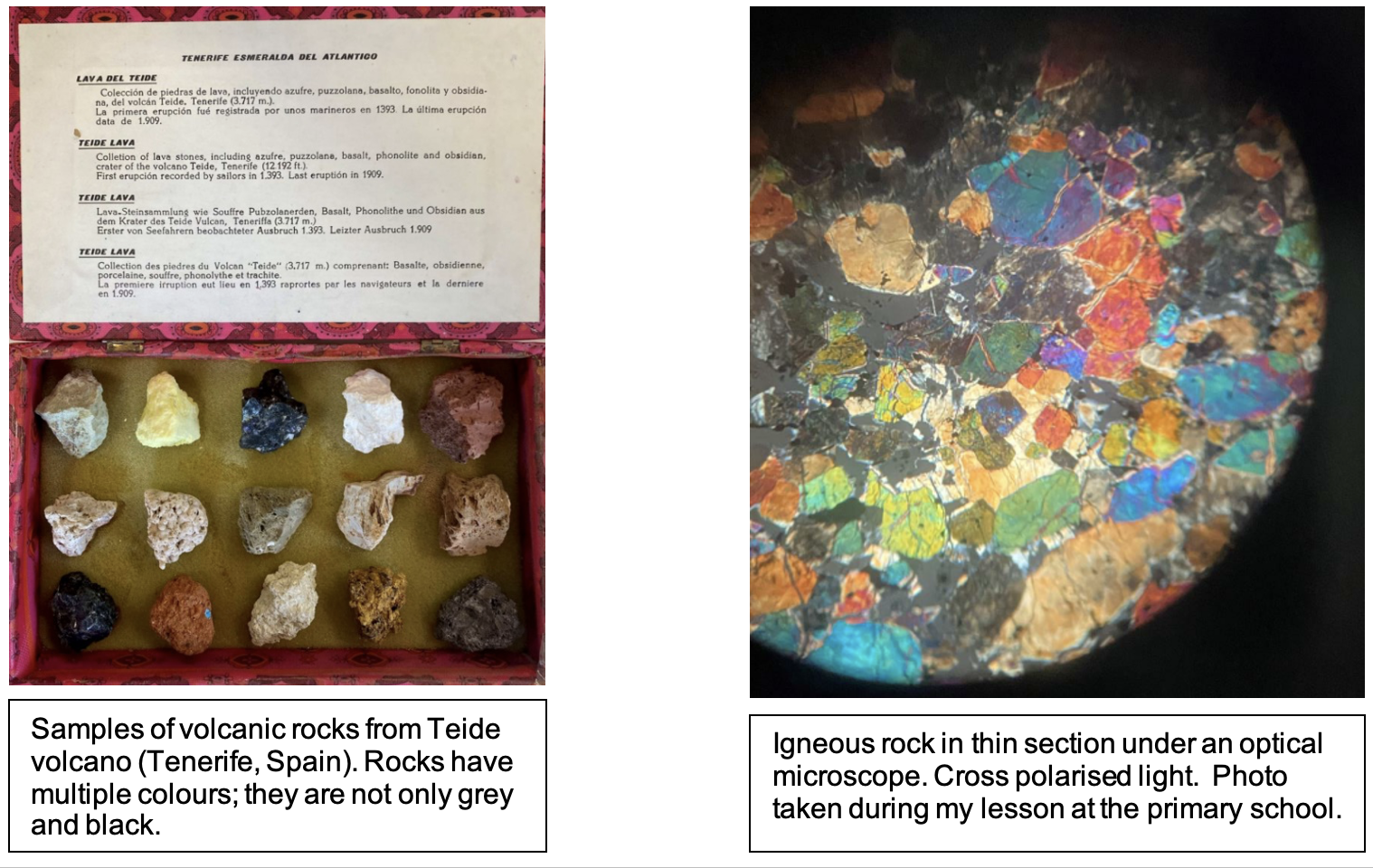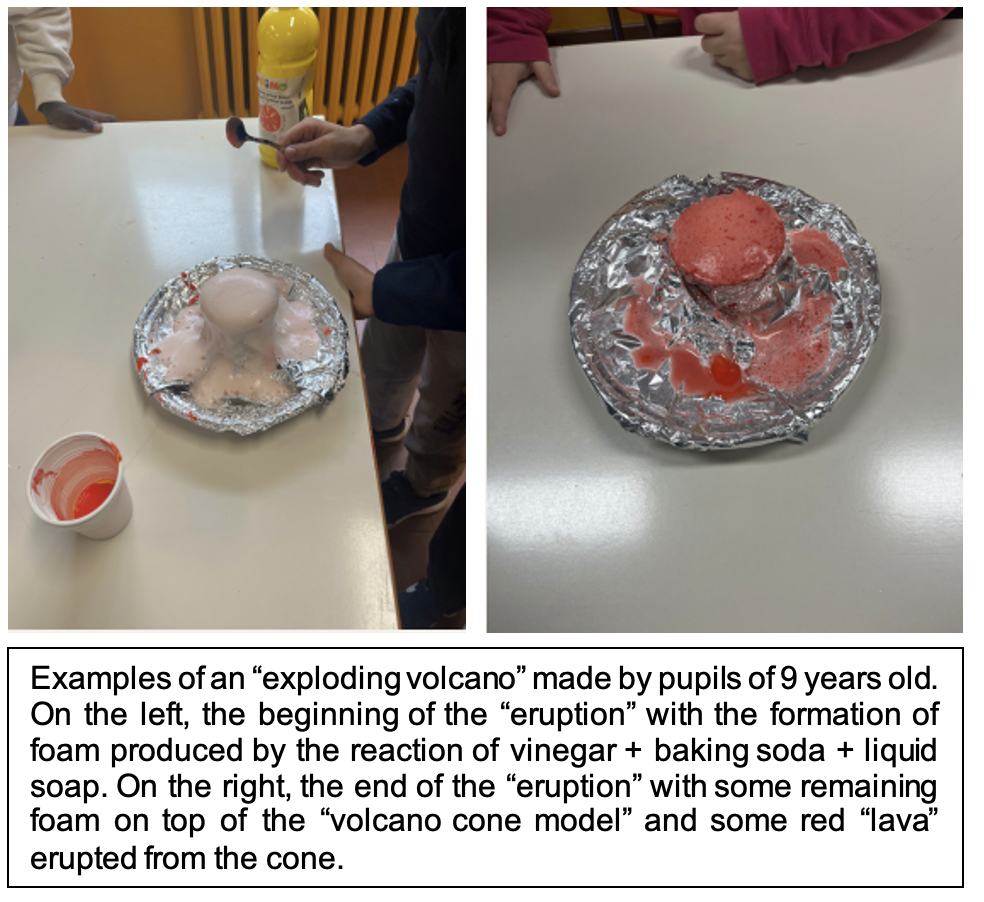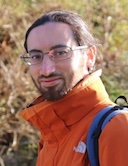You are here
- Home
- Simone's Italian School Visit
Simone's Italian School Visit
Last year I started a new outreach program at a primary school in Italy. For me it was a big thing because that school is where I grow up and where my interest in science started. With the help and support of the teachers I decided to organise a series of events focused on what geologists do and their role in the society. During these meetings I mixed talks, practical demonstration and experiments to introduce some basic geological concepts to a group of children of 8 and 9 years old.
 During our first meeting I introduced myself, what I do at AstrobiologyOU and what I have studied during my career.
During our first meeting I introduced myself, what I do at AstrobiologyOU and what I have studied during my career.
I also gave them a brief overview on the multiple branches of geology and on the different fields of application of this discipline.
I remember with a big smile one particular moment during this event. Before starting my talk, I asked to the children what they think geologist do, and this is one of the best definitions of a geologist I ever heard in my life:
“Geologist are people who travel, explore the world and study rocks and like volcanoes”.
This event was followed by other meetings where I presented on “Rocks and their formation environments”, “The role of geologists in the society” and “how volcanoes work”. Each time I finished a talk I have been swamped of questions from the children and also from the teacher.

As the pupils were amazed about rocks and minerals, I decided to bring them some samples from my collection and show them how to use an optical microscope to identify and name a rock. They were absolutely astonished about the colours of the rocks especially when they observed the samples in thin section under the microscope! I explain them that the most common occurring minerals can be identified using the microscope observing the shape, colour and relief of the crystals. A correct identification of specific mineral association is essential to name and classify the rocks.
Just before last Christmas break, together with children of 9 years old we built an exploding volcano model using recycled aluminium foils and plastic cups. We used baking soda, vinegar, soap and painting colures to simulate an explosion. Before the experiment, I shown them some photos from the recent eruptive activity in Iceland and explained how and why an eruption starts and how bubbles form. Then we replicated the Icelandic eruption in small scale in the art laboratory of the school.
